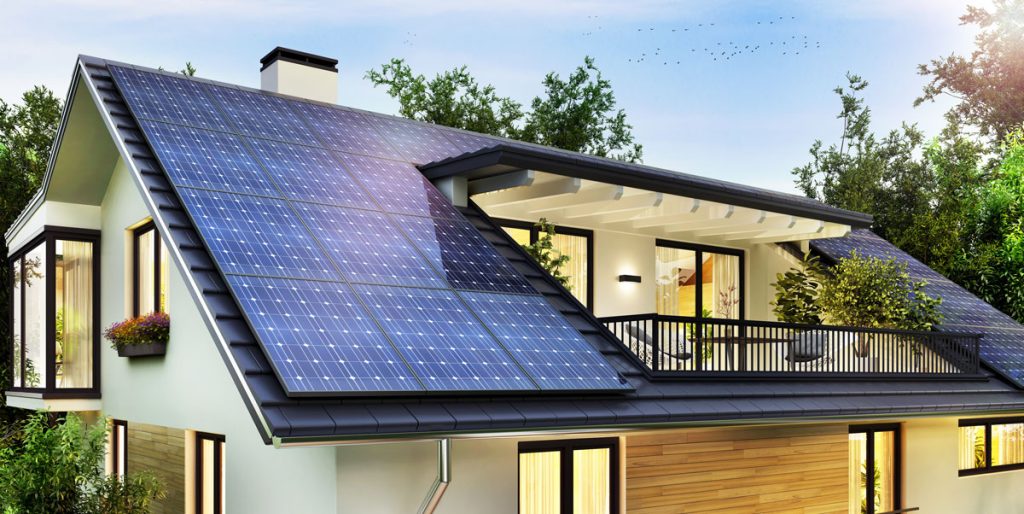 In the pursuit of a greener and more sustainable future, many homeowners are turning to solar power as a means to reduce their carbon footprint and save on energy costs. Installing a home solar system may seem like a complex endeavor, but with the right guidance and information, the process can be straightforward and rewarding. In this article, we will provide a step-by-step guide on how to get a home solar system.
In the pursuit of a greener and more sustainable future, many homeowners are turning to solar power as a means to reduce their carbon footprint and save on energy costs. Installing a home solar system may seem like a complex endeavor, but with the right guidance and information, the process can be straightforward and rewarding. In this article, we will provide a step-by-step guide on how to get a home solar system.
1. Assess Your Energy Needs:
The first step in acquiring a home solar system is to assess your energy needs. Take a look at your past electricity bills to understand how much energy your household consumes. Consider your daily energy usage and any seasonal variations. This information will help you determine the size and capacity of the solar system you need to meet your requirements effectively.
2. Find a Reputable Solar Installer:
Finding a reliable solar installer is crucial to the success of your solar project. Look for experienced, certified professionals who can assess your home’s solar potential, design a system tailored to your needs, and handle the installation process. Check for customer reviews and ask for recommendations from friends or family who have installed solar panels. A qualified installer will ensure that your system is safe, efficient, and properly maintained.
3. Determine Financing Options:
The cost of a home solar system can vary depending on factors like your location, energy needs, and available incentives. Before proceeding, explore financing options. Many homeowners choose to purchase their systems outright, but there are also financing solutions like solar loans and leases. Additionally, research available incentives, such as tax credits or rebates, which can significantly reduce your upfront costs and overall investment.
4. Installation and Maintenance:
Once you’ve selected an installer and financing option, the installation process can begin. Your chosen professionals will mount the solar panels on your roof or in your yard, install the necessary electrical components, and connect the system to your home’s electrical grid. After installation, it’s essential to keep up with regular maintenance to ensure your system operates efficiently. This typically involves cleaning the panels, checking for any issues, and monitoring energy production. With proper care and monitoring, your home solar system can provide clean, renewable energy for years to come.
In the end, a home solar system is a feasible and rewarding endeavor for homeowners who want to reduce their carbon footprint and energy costs. By following this step-by-step guide and working with experienced professionals, you can embark on the journey to harness the power of the sun to meet your household’s energy needs. Remember to assess your energy requirements, find a reputable installer, explore financing options, and prioritize regular maintenance to maximize the benefits of your solar investment.


